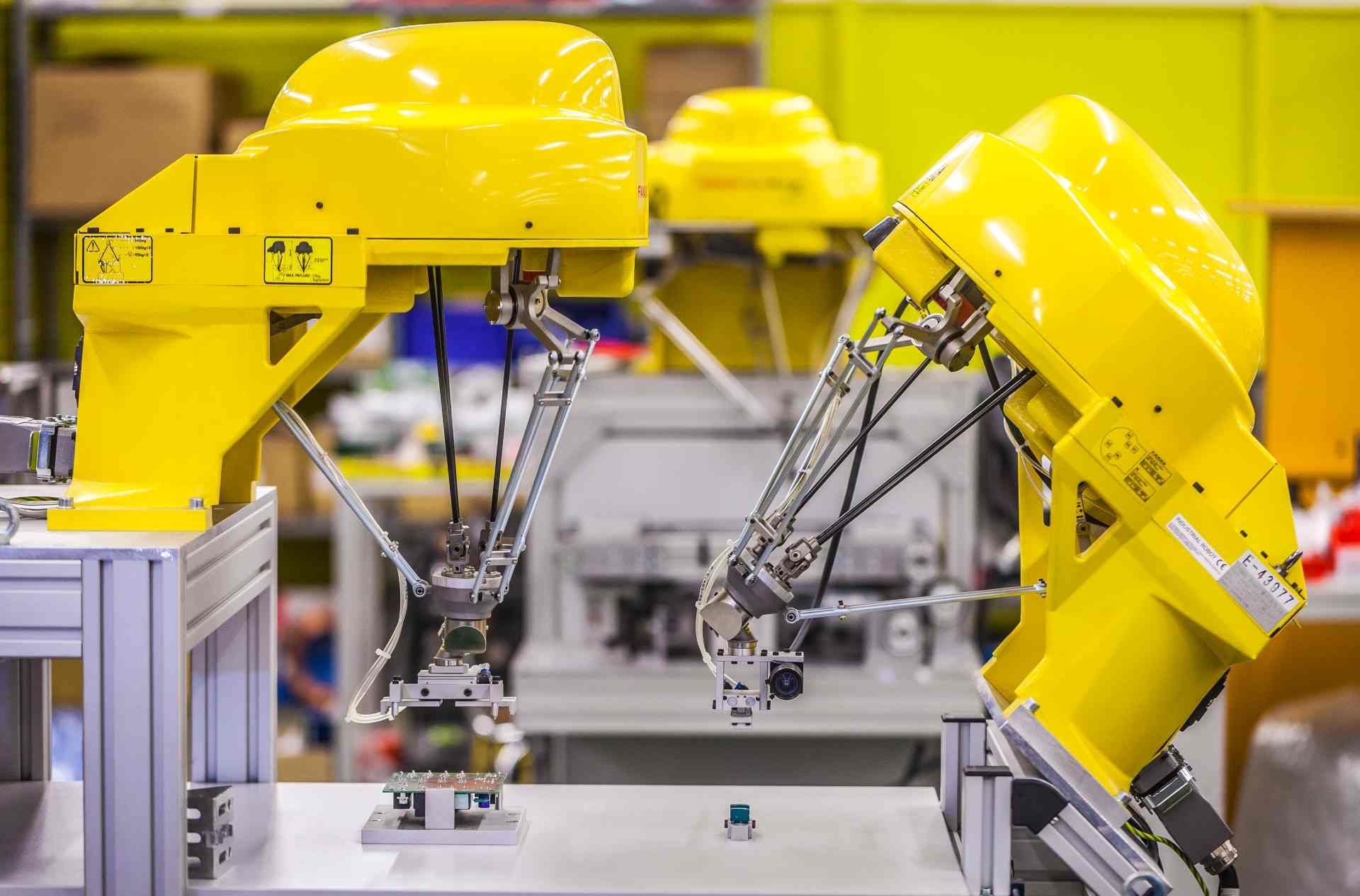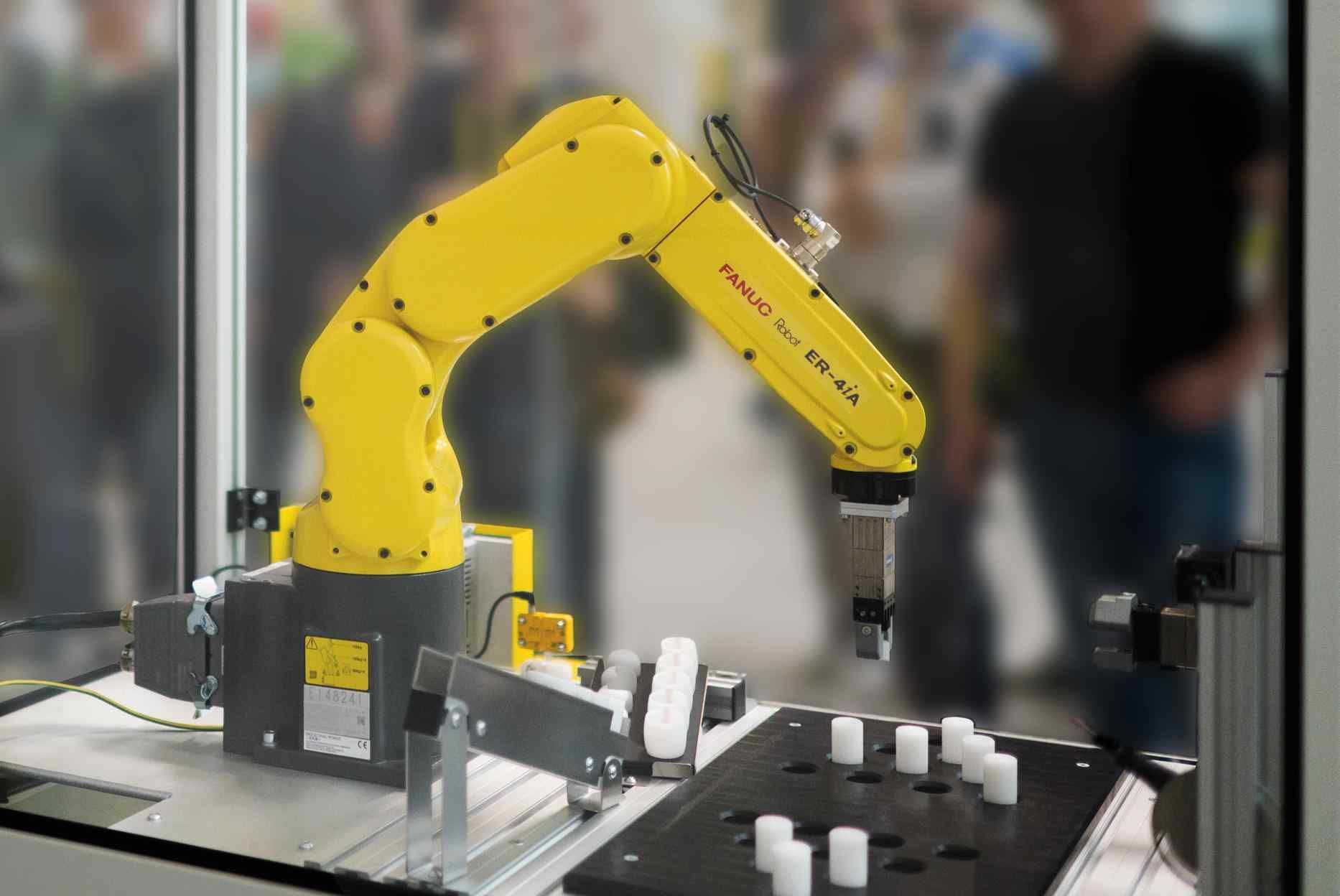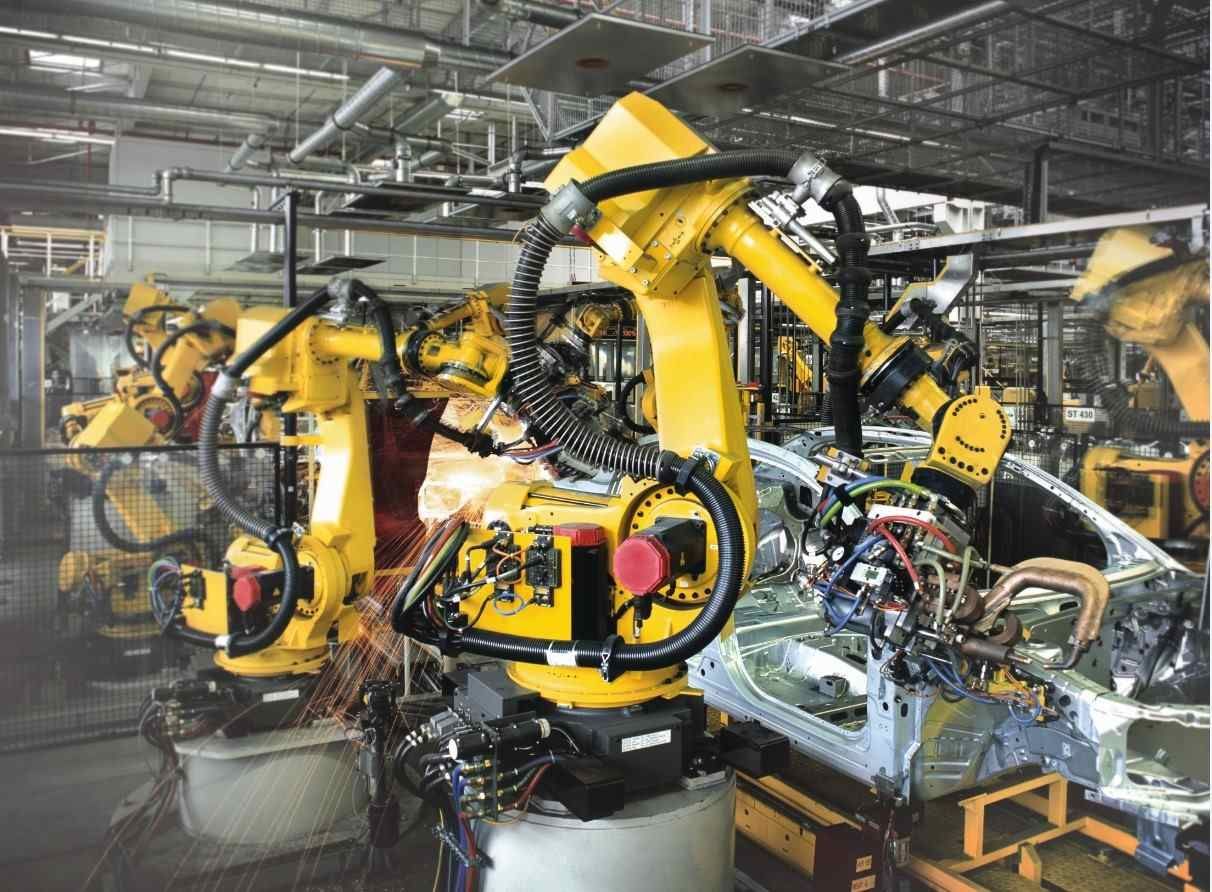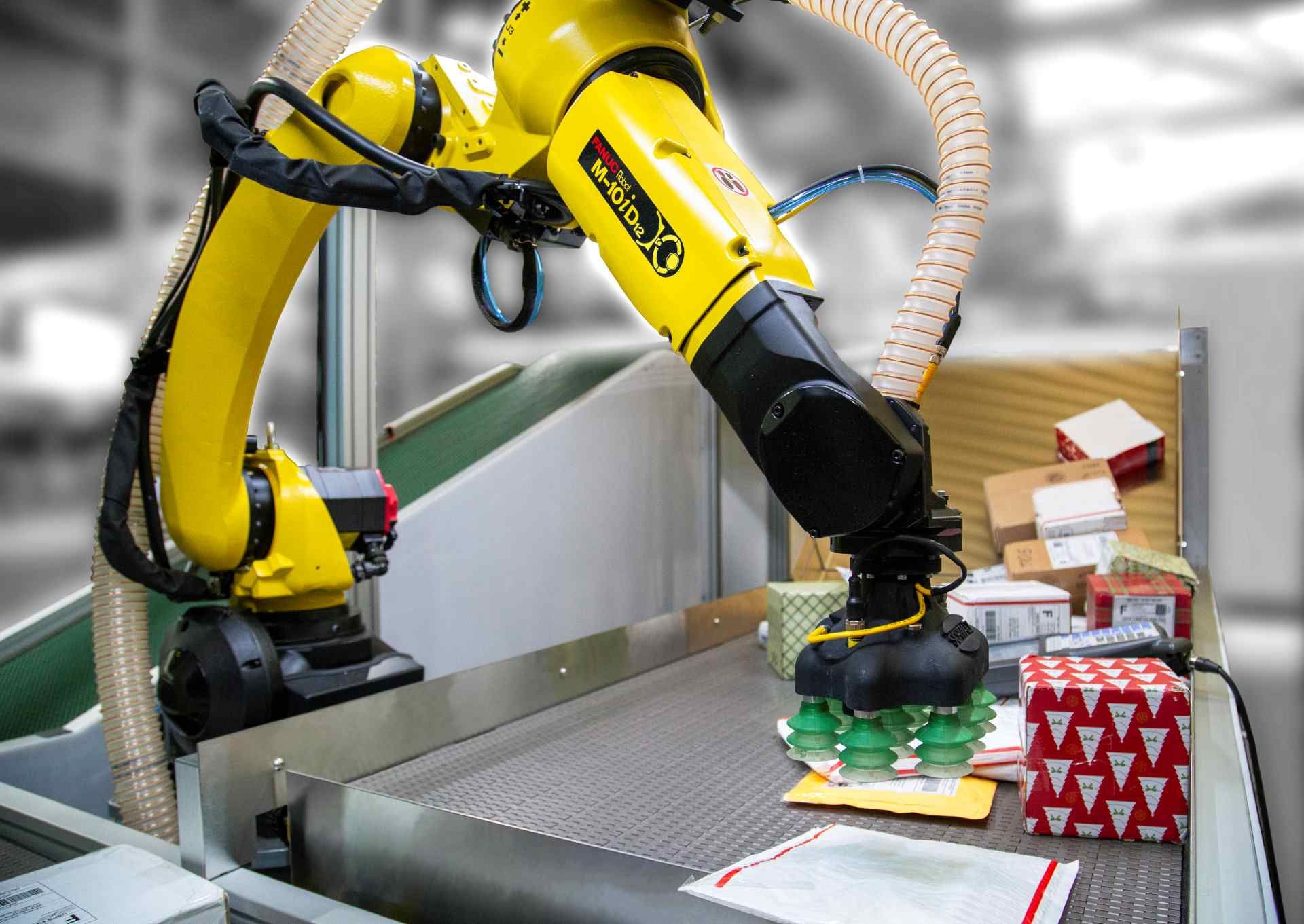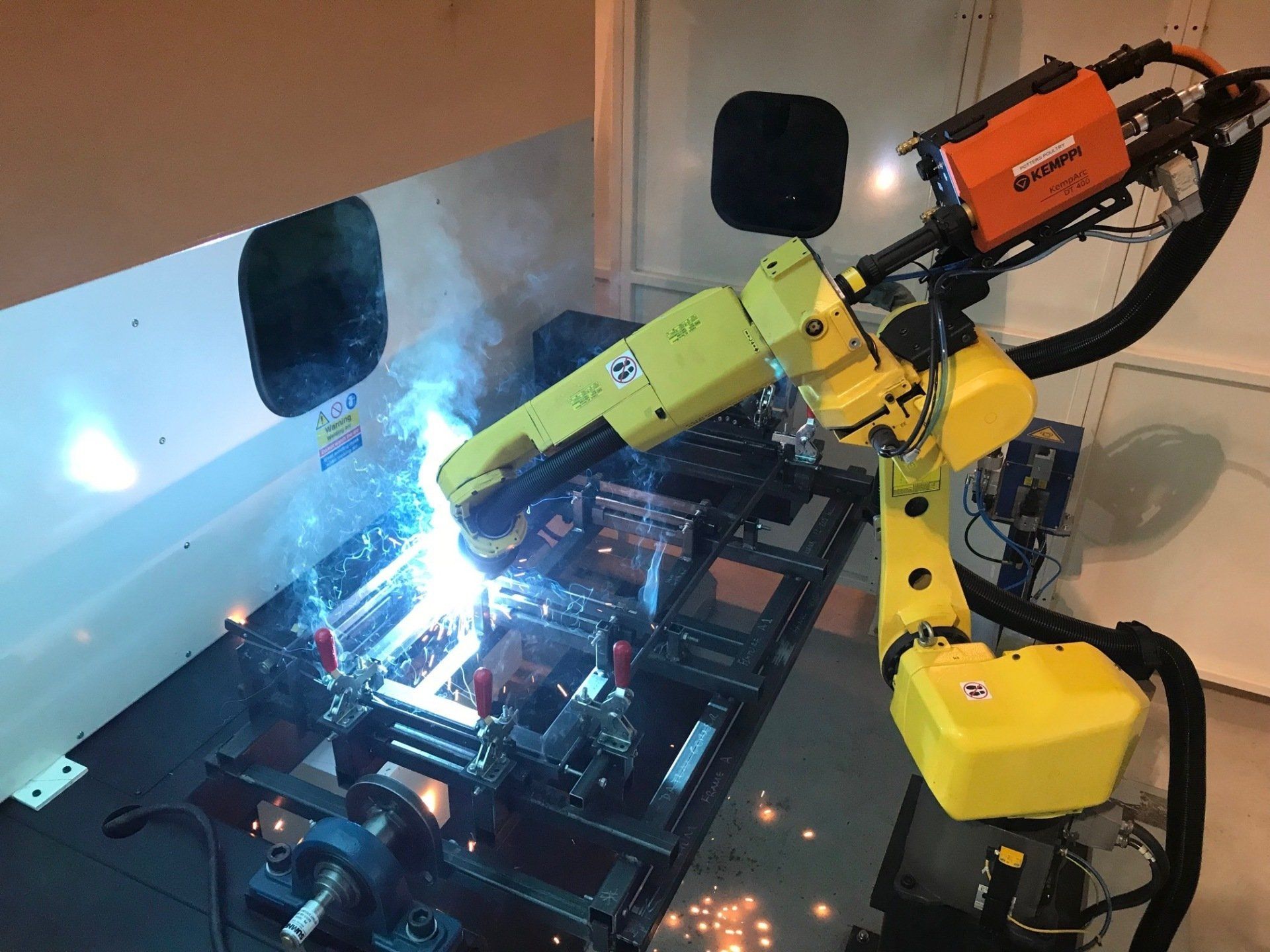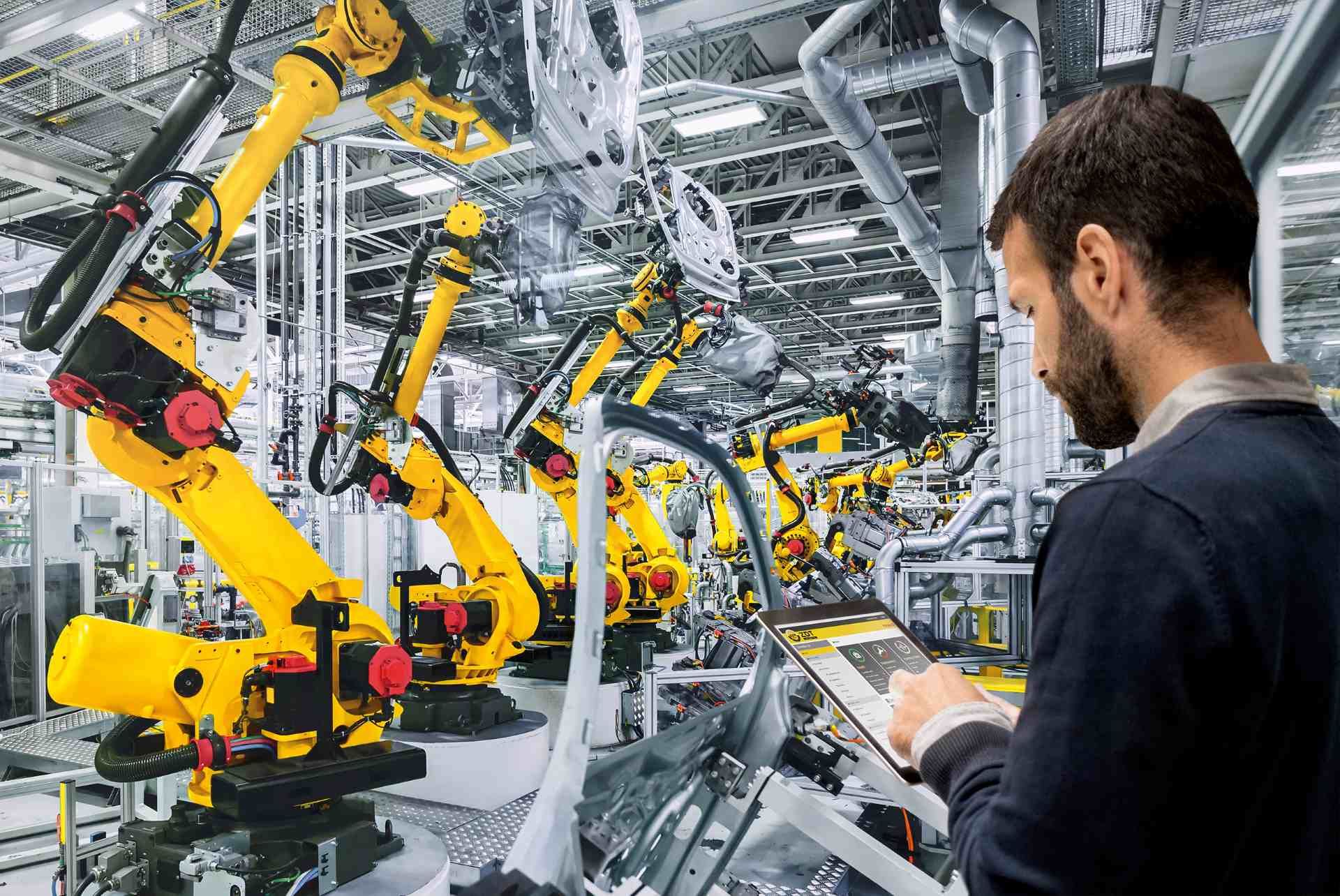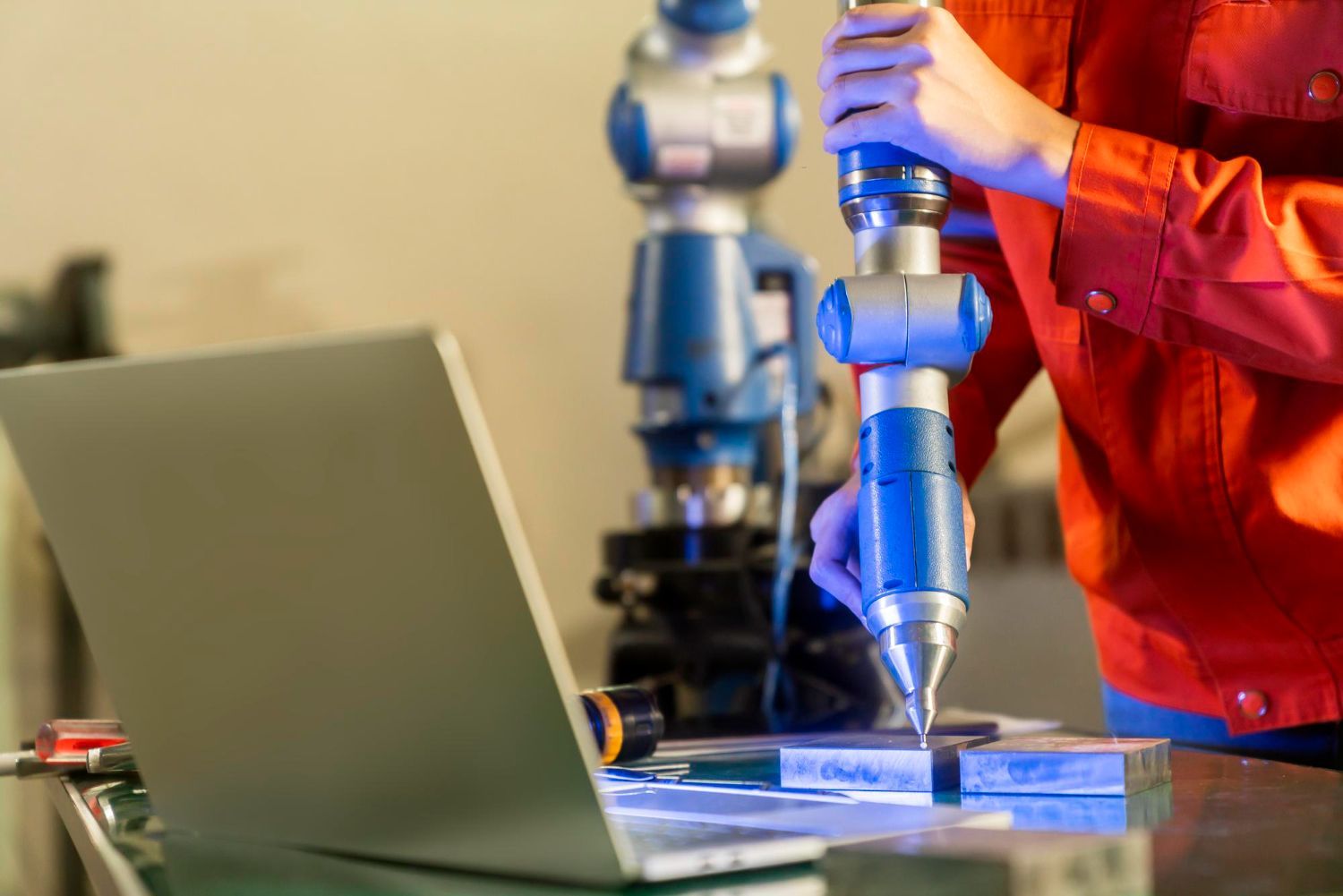Ensuring Safety in Human-Robot Collaboration

Collaborative robots are now integral to numerous industries, including manufacturing and warehousing. As a result, ensuring human-robot collaboration safety measures are implemented and maintained is a priority for business owners.
Whereas conventional industrial robots work in isolation, cobots work alongside employees. After all, certain tasks are enhanced by human-robot collaboration. Welding is a great example: our Cyber-Mate cobot welding system lets welders ‘train’ a collaborative robot arm then supervise the welding process. It combines human expertise with robotic precision to improve weld speed, consistency and quality.
Because cobots work closely with people, cobot safety should be approached differently to ordinary robot safety. If you’re keen to use cobots to boost productivity, read on to develop a clearer understanding of collaborative robot safety.
Importance of Safety in Human-Robot Collaboration
It’s impossible to overestimate the importance of human-robot collaboration safety. Cobots handle challenging materials and tools. They weld, palletise, lift and more in collaborative workspaces.
Safe human-robot interaction is central to collaborative robot design. The International Organization for Standardization’s ISO/TS 15066 cobot safety guidance asserts that every cobot needs one or more specific safety mechanisms:
- Safety-rated monitored stop – the cobot stops if someone gets too close.
- Speed and separation monitoring – the cobot slows down or moves away if someone approaches.
- Power and force limiting ensures the cobot won’t hurt anyone. Lightweight, ergonomic construction also contributes to collaborative robot safety.
- Hand-guiding mode makes the cobot passive; its movements are directed by a person (useful when teaching it cobot welding techniques).
Potential Risks and Challenges in Collaborative Workspaces
In-built safety features are reassuring, but as with any new technology you should consider possible issues before using collaborative robots. Human-robot collaboration safety involves familiarising yourself with potential risks and challenges in your collaborative workspace. These may be mechanical (collisions or malfunctions, say), electrical (outages or shocks), thermal (burns) or non-physical issues (human error).
To lay the foundations for robust cobot safety standards at your premises, conduct a risk assessment. This means identifying the risks associated with the cobot’s tasks and finding ways to mitigate them (for example, if the cobot will handle chemicals, issue staff with PPE). Also consider the cobot’s range of movement – collaborative robots often have six axes of motion – and set up the workspace accordingly.
Assistance from our experienced robotic system integrators can be invaluable. Plus, our Cyber-Mate cobot welding system is compact and portable, so it’ll fit seamlessly into your workspace.
Developing Emergency Plans for Potential Incidents or Accidents
Cobots are engineered to work safely around people. Plus, they make working environments safer by taking on hazardous tasks.
However, you should still develop emergency plans informed by your collaborative robot safety risk assessment and the ISO’s cobot safety standards. In the Health and Safety Executive’s words, workforces need ‘clearly agreed, recorded and rehearsed plans, actions and responsibilities’.
Cobot emergency plans outline workers’ roles during incidents or accidents, including protective actions – sounding alarms, offering First Aid, summoning emergency services, etc.
A fail-safe emergency stop function is also vital.
Implementing Safety Standards for Human-Robot Interaction
ISO guidance and your risk assessment will also help you to produce human-robot collaboration safety measures for your firm’s day-to-day operations. Implementing these safety standards will involve:
- Informing employees of cobot safety procedures – and making any necessary adjustments following feedback.
- Making changes to your workspace to support human-robot collaboration, such as clearly demarcating the cobot’s work zone by adding signage and safety light curtains.
- Encouraging employees to report safety concerns or problems. Continuous monitoring of cobot operations will reveal areas for improvement.
Providing Proper Training for Human-Robot Collaboration
Robotic training helps to ensure cobot safety standards are understood and upheld. Plus, once employees have the knowledge and skills to work safely and productively with collaborative robots, your business can maximise the benefits.
The best cobot-related training is straightforward and practical. It should cover the cobot’s features, safe interaction and programming. Welders can master Cyber-Mate in hours then enhance operations with cobot welding.
Importance of Regular Maintenance for Safe Human-Robot Collaboration
Scheduling regular inspections, testing and maintenance is another important aspect of collaborative robot safety, as is keeping and reviewing records of these procedures. Promptly rectifying hardware/software issues will keep your cobot well maintained and in optimum working order.
It’s also advisable to check regularly that the cobot’s safety mechanisms still perform as expected to help ensure ongoing human-robot collaboration safety.
Experts in Cobot Welding and Other Robotic Systems
‘Together, humans and cobots offer a unique level of skill,’ emphasises engineering publication Wevolver.
Appropriate cobot safety measures are crucial when you want to make the most of human-robot capabilities.
Contact Cyber-Weld today to discover how Cyber-Mate cobot welding and other safe robotic systems can transform your business.

